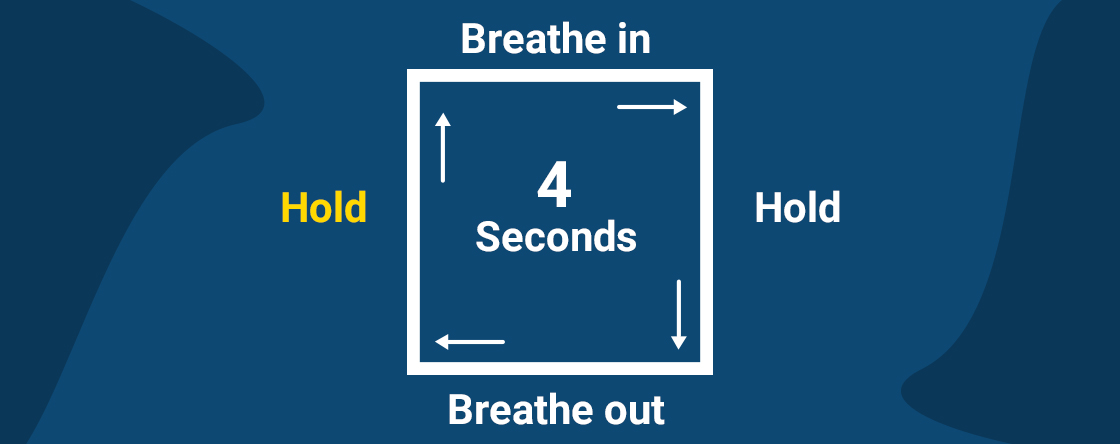We are living in perilous times. Much of our worlds are
currently being rocked by political, environmental, and financial turmoil.
You’re not alone if you’ve been feeling the tilt of the ships and the motion of
the ocean underneath you. The collective human soul is what binds the
human race’s apparently different minds, hearts, and psyches together and
explains why we experience things in unison. The collective unconscious is
currently in a state of flux, being tossed about by a tidal wave of rapidly
shifting and destructive ideologies. Nobody is sure what the order is or which
patterns and conventions will save us. It’s no surprise that a new paradigm is
attempting to emerge from the old one that is collapsing, leaving many of us
nervous, unsteady, and unsure of what will happen next. As we take charge of
establishing a new paradigm and exploring the possibilities provided by the
death of the old, there are many important grounding practices from the yoga
tradition that can help us return to a place of rest, trust, and protection in
our minds, hearts, and bodies. Yoga is an excellent way to relieve body stress.
Warming up with yoga stretches and poses is also a great way to get ready for
some of your favorite outdoor activities. Here are five Yoga practices
that will guide you to wholesome physical and mental health after long work
days.
1. Square Breath

If you visualize yourself drawing a square while you inhale for 4 counts, hold for 4, exhale for 4 repeatedly, helping to focus the mind.
It soothes the nervous system, blends the left and right brain hemispheres, and relaxes a busy mind. This is the only approach I share with my private clients that consistently results in a transition. Because of the visual aid, it’s easy to recall and can be practiced anywhere — on the commute, in bed, or while standing in line at the store.
2. Belly Breath

To practice belly breath, lie flat on your back with your knees bent and feet planted, or sit upright in a chair with your feet flat on the ground. Take your hands to your belly button and inhale for a steady count of 5, as if you were inflating a balloon. Hold for a beat at the end, then exhale for 5 seconds, starting with the abdomen. When you’re deepening and lengthening your breath, try to do it slowly and gently.
Belly breath is ideal in the evening or during the day to calm anxiety. The diaphragm is strengthened, digestion is improved, and you are brought back to center by belly breathing. It also decreases blood pressure, lowers the harmful effects of cortisol (the stress hormone).
3. Standing Forward Fold

To practice this yoga, stand with your feet planted hip-width apart. Tuck your head into your chest and gently roll down to the floor. Maintain an equal distribution of weight between the front and back of your feet, and keep your knees soft. Keep the elbows and completely drop the ears, opening the back of the neck. You may want to sway from side to side gently. Hold for up to 2 minutes, then release into child’s pose by bringing your hips to your heels.
Practice standing forward fold when the neck and back need to decompress, the standing forward fold is ideal. This is especially important if you spend the majority of your day sitting.
4. Child’s Pose

To practice Child’s Pose, sit on your shins, spread your knees to give your belly room to soften, and touch your big toes together behind you. Stretch out through the arms, spreading the fingers wide, as you walk your upper body forward to the floor. Take 5 deep breaths in through the nose, down into the lower back, and out through the mouth after lowering the head to the floor. Stay as long as you like, up to 3 minutes.
Child’s pose is ideal when your neck and back need a rest, or when you’ve had a long day.
The benefits include activation of the body’s rest and digest function, reducing anxiety and stress, softening the body front, and stretching the ankles, thighs, hips, shoulders, and spine.
5. Legs Up the Wall

To carry out this yoga practice, choose an empty wall and sit with your knees bent and one side of your body against it, gazing along it. Draw your legs up the wall with the help of your hands and lie your back flat on the concrete. Hold your arms open or yield them overhead, elbows bent, as you scoot your bum as close to the wall as possible. Close your eyes and keep them closed for ten minutes.
This practice is best in preference of a glass of wine after a long day.
The benefits of “legs up the wall” include relaxation of the back, resting the brain and heart, lowering the heart rate, grounding the body to address insomnia, stress, and anxiety. This pose also reverses and stimulates circulation by draining the lymph fluid pooling in the feet.
Shot Health provides an interactive customized program that helps you learn about yoga practices for better health. Get in touch with us at www.shothealth.com and start your journey to better health.




